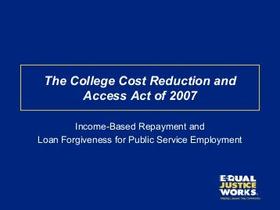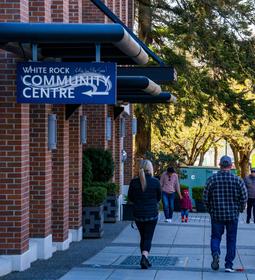While financial aid, scholarships, and student loans are the most common ways to finance higher education, new savings-matching programs are helping more students attend community college. Imagine each dollar you save matched by a free dollar that you can use towards your college tuition!
Savings matching programs help low and middle-income students pay for college by matching the money that participants put in a college savings account. For example, the state of Virginia’s Department of Housing and Community Development runs a savings matching program called New Visions, New Ventures, which will match $2 for every $1 that eligible low-income participants deposit in a savings account. The program will provide up to $4,000 in matching dollars to participants. Participants must use the money to pay tuition, buy a first house, or start a business.
How Savers Can Benefit Even More through Philanthropy Websites
Recently, savings matching programs have begun partnering with philanthropic websites to increase the savings power of their participants even further. One such pioneering website is SaveTogether.com. At SaveTogether, individual donors can read the stories of low and middle-income individuals who are participating in savings matching programs and working towards savings goals that involve post-secondary education.
Individual donors choose individual savers to “match,” and donations made by individuals through SaveTogether are tax deductible.
How the Program Works
By working with a variety of programs that sponsor savings-matching efforts for community college tuition, SaveTogether furthers the power of these programs.
Profiles on SaveTogether Allow































